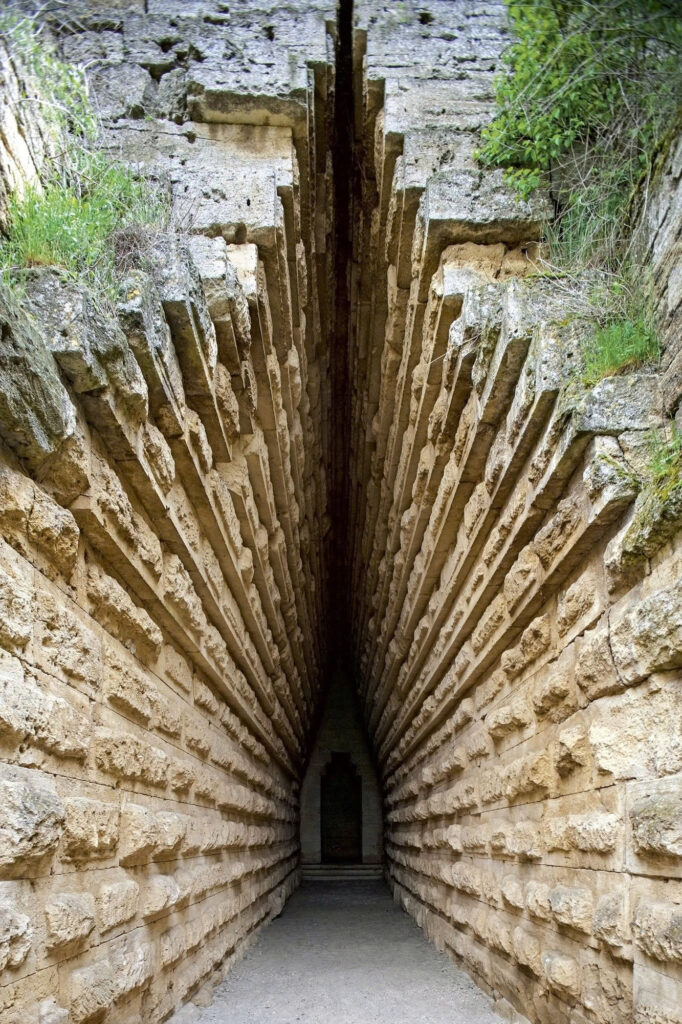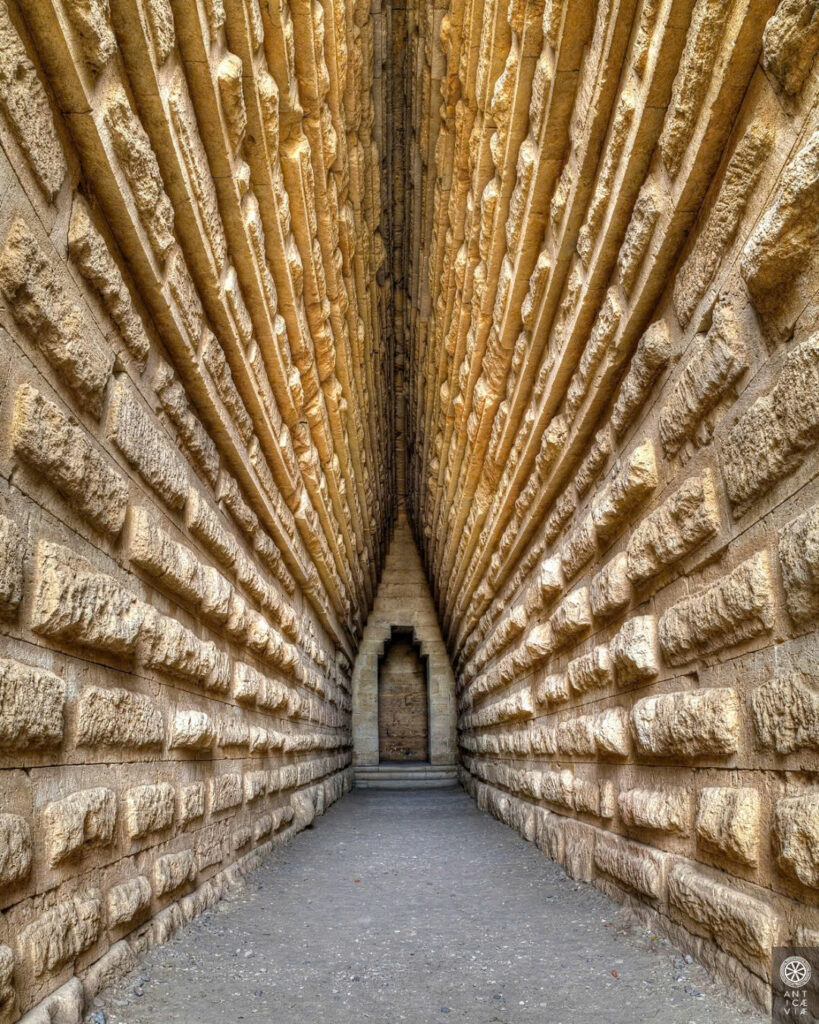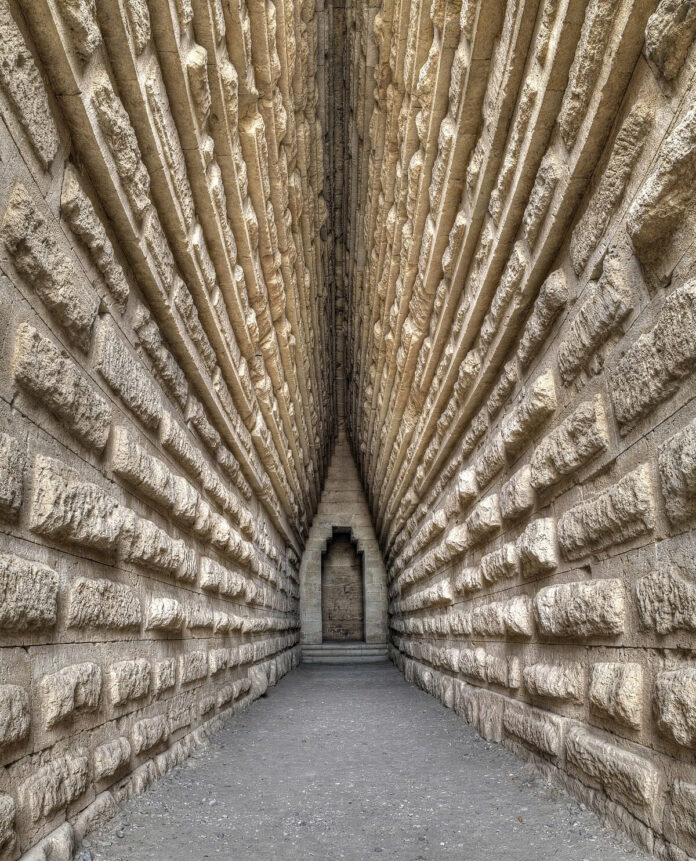In the heart of modern-day Kerch lies an extraordinary monument that tells a fascinating tale of cultural fusion between ancient Greek colonizers and indigenous Scythian tribes. The Royal Kurgan, a massive burial mound dating back to the 4th century BCE, stands as a testament to the power and sophistication of the forgotten Bosporan Kingdom.
The Birth of a Cross-Cultural Legacy

Around 2,700 years ago, Greek settlers began establishing colonies along the Crimean Peninsula, where they encountered the local Scythian tradition of building tumuli, or kurgans – impressive burial mounds for their nobility. In the ancient Greek colony of Panticapaion (modern-day Kerch), one particular structure would rise above all others: the Royal Kurgan.
A Marvel of Ancient Engineering
Architectural Grandeur

Rising nearly 20 meters high with a base perimeter of approximately 250 meters, the Royal Kurgan showcases the remarkable architectural prowess of its builders. At its heart lies a 36-meter-long corridor, known as a dromos, leading to a rectangular burial chamber. The structure features expertly crafted yellowish limestone blocks, topped with an impressive 17-meter layer of earth and stones.
A Tomb Fit for Royalty

The sheer scale and sophisticated construction of the Royal Kurgan suggest it was built to house a powerful ruler of the Bosporan Kingdom. While the wooden sarcophagus discovered within speaks to its royal origins, the tomb’s contents were sadly lost to looters long before its 19th-century excavation.
The Bosporan Kingdom: A Forgotten Empire
A Cultural Crossroads
For nearly nine centuries, from the 5th century BCE to the 4th century CE, the Bosporan Kingdom flourished as a vital hub where Greek and Scythian cultures intertwined. This powerful state served as a crucial bridge between the classical Greek world and the nomadic peoples of the steppes.
Living Legacy

Though its treasures may have vanished, the Royal Kurgan continues to captivate archaeologists and historians. Its enduring presence offers invaluable insights into the fascinating dynamics between Greek settlers and indigenous populations, serving as a monumental reminder of the Bosporan Kingdom’s influence.
A Window to the Past
Today, the Royal Kurgan stands as one of the region’s most impressive ancient monuments, silently guarding the secrets of a civilization that once bridged two worlds. While its precious artifacts may be lost to time, the structure itself remains a powerful symbol of cultural exchange and architectural achievement in the ancient world.

This magnificent tomb not only showcases the grandeur of the Bosporan elite but also provides a unique glimpse into a crucial period of human history when different cultures converged to create something truly extraordinary. The Royal Kurgan reminds us that even in death, the rulers of the Bosporan Kingdom left an indelible mark on the landscape of ancient civilization.

